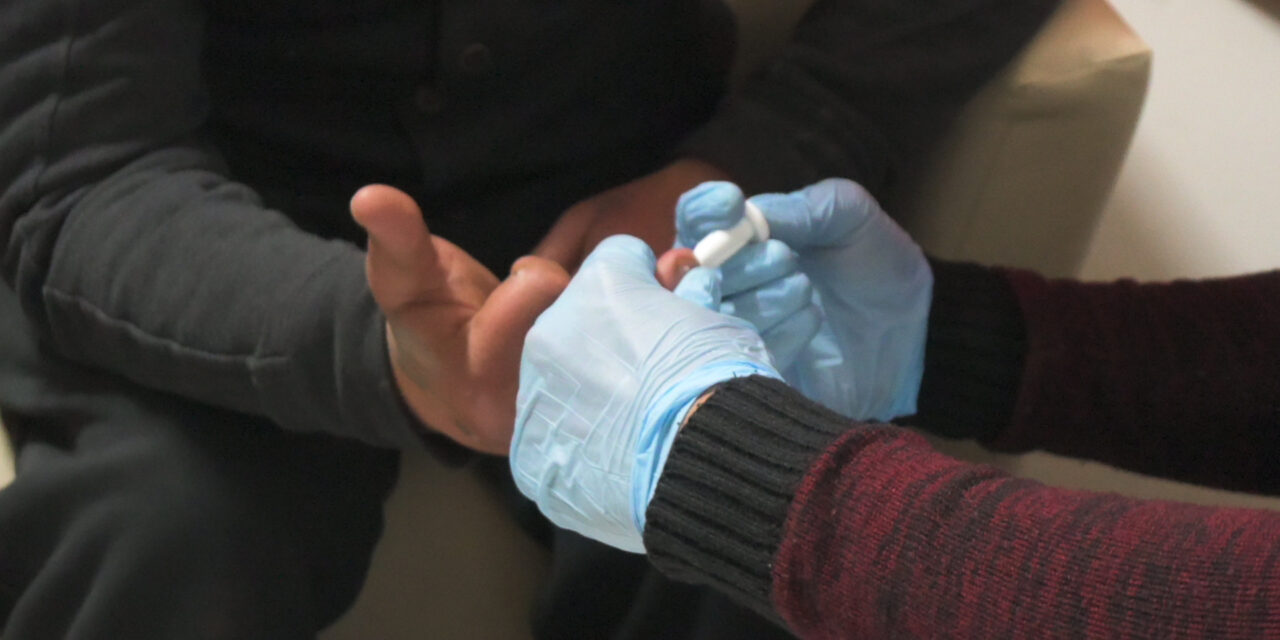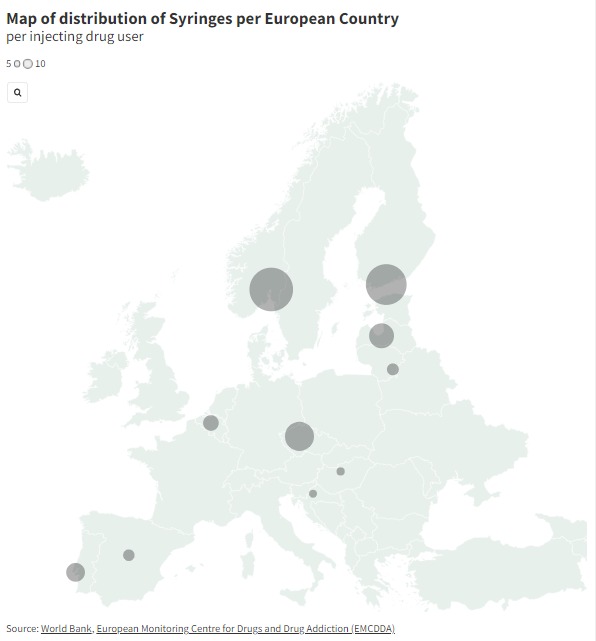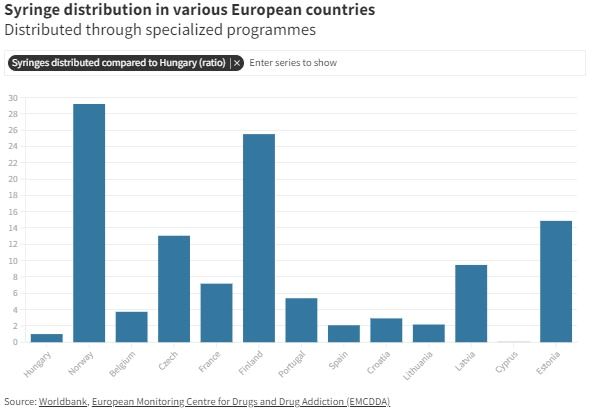In 2013, the Hungarian government passed a law to ban the purchase, consumption, and possession of illegal drugs. Their goal? To be a drug free country by 2020. Two years after the goal should have been achieved, we decided to take a look. What we found? A country with drugs, but without a drug strategy.
According to the IMF, there are an estimated 200.000 drug users in Hungary, as data from 2015 shows. Recent numbers are unknown, even at the United Nations office on Drugs and Crime (UNODC). Dependent of national laboratories and drug checking services, UNODC annually gather worldwide data on drug seizure amounts, drug use and drug treatment figures. Especially New Psychoactive Substances (NPS), also known as designer drugs, seem to be hard to keep track of, according to Martin Raitelhuber, Drug Control and Crime Prevention Officer at UNODC. “We’re talking about well over 1000 different new substances which have come to the market in the past 12 years since we started monitoring them. Every year, about 40 or 50 substances keep hitting the market”, he explains on the phone. Many studies indicate that there has been a shift from injecting established drugs such as heroin and amphetamines, to injecting alternative drugs, such as large synthetic cathinones.
The rise of NPS was initially due to the lack of control by the government. Raitelhuber says: “Initially it was a main argument to produce them. Now many national governments around Europe have introduced legislation, through legal controls on substances laws banning the substances.” To be ahead of new substances being developed, the Hungarian government has put legislation on ‘generic definitions’. “It means placing new substance groups under control of the law including substances which have not yet emerged or even have been invented yet. Once these enter the market as well, they are already under control”, Raitelhuber explains.
The effects of a non-existing policy
Despite the efforts of the anti-drug strategy, the numbers of established drugs and NPS use remain high. With minimal funds spent on prevention, treatment, care and recovery, drug-addicts are left in a despairing position. Recent numbers published in the European Drug Report show a minimal amount of syringes being distributed in the country. In comparison; Finland and Norway distribute almost 30 times as much syringes per injecting-drug user as Hungary.
With many factors playing, it is unclear if effects of the strategy can be directly seen in the data. On the other hand does data on clients and needle and syringe programmes show that a shift is happening between the proportion of drug users who are injecting heroin to the numbers of clients that are seeking treatment services for primary use of NPS. The amount of heroin is decreasing, and the numbers on users of NPS are going up according to toxicological analyses of residues from injecting paraphernalia, the Hungary Country Drug Report 2019 shows. A probable effect of the strict legislation on substances such as heroin, amfetamines and cocaine, leaving NPS as a more approachable alternative for Hungarian drug-addicts.
Contrary to the increasing number of users of NPS, the number of distributed syringes has decreased substantially, which is also increasing the frequency of injection; a lack of needles means re-usage. Users also tend to share used needles, which can easily spread diseases such as HIV. The number of distributed syringes per user currently being 8,47 is below the baseline of 20, imposed by the WHO in their strategy to end the spread of viral hepatitis worldwide. WHO aims for 300 needles and syringes provided per injected-drug user annually, according to their strategy for 2016-2021.
Since the anti-drug legislation was passed in 2013, there was an increase in the number of drug deaths. Is this in relation with the non-existing harm reduction and prevention policy? Péter Sárosi, executive director of the Rights Reporter Foundation addresses the issue. “In 2010, the government shifted its drug policy from a harm-reduction approach to an abstinence-oriented approach.” The lack of funds meant the closing-down of multiple needle and syringe programs, such as non-governmental organization Blue Point Foundation, directly affecting the spread of viral diseases. “Hepatitis C is on the rise among people who inject drugs, with the prevalence doubling between 2011 and 2014, from 24% to 50%”, Sárosi said earlier in an interview with BioMedCentral.
Another effect of the lack of funds sees Dániel Varga, founder of Konkáv Community and Prevention Center in Budapest. “We haven’t received a cent from the government to fund our project. If we don’t receive any money next year, our efforts for drug prevention for young-adults can not survive”, Varga shares in our documentary ‘A Utopian Dream’, where we explored the underground drug-scene of Hungary.






